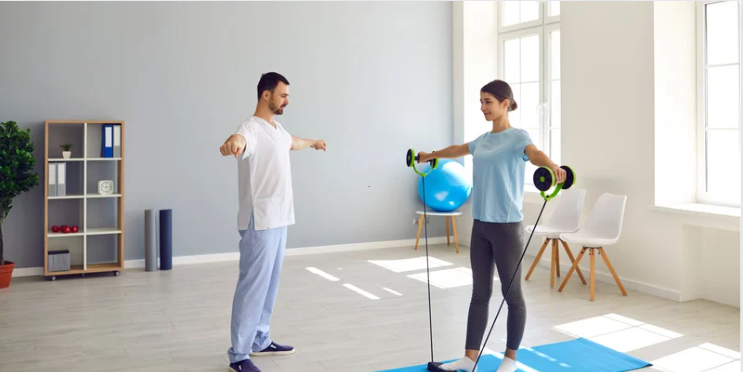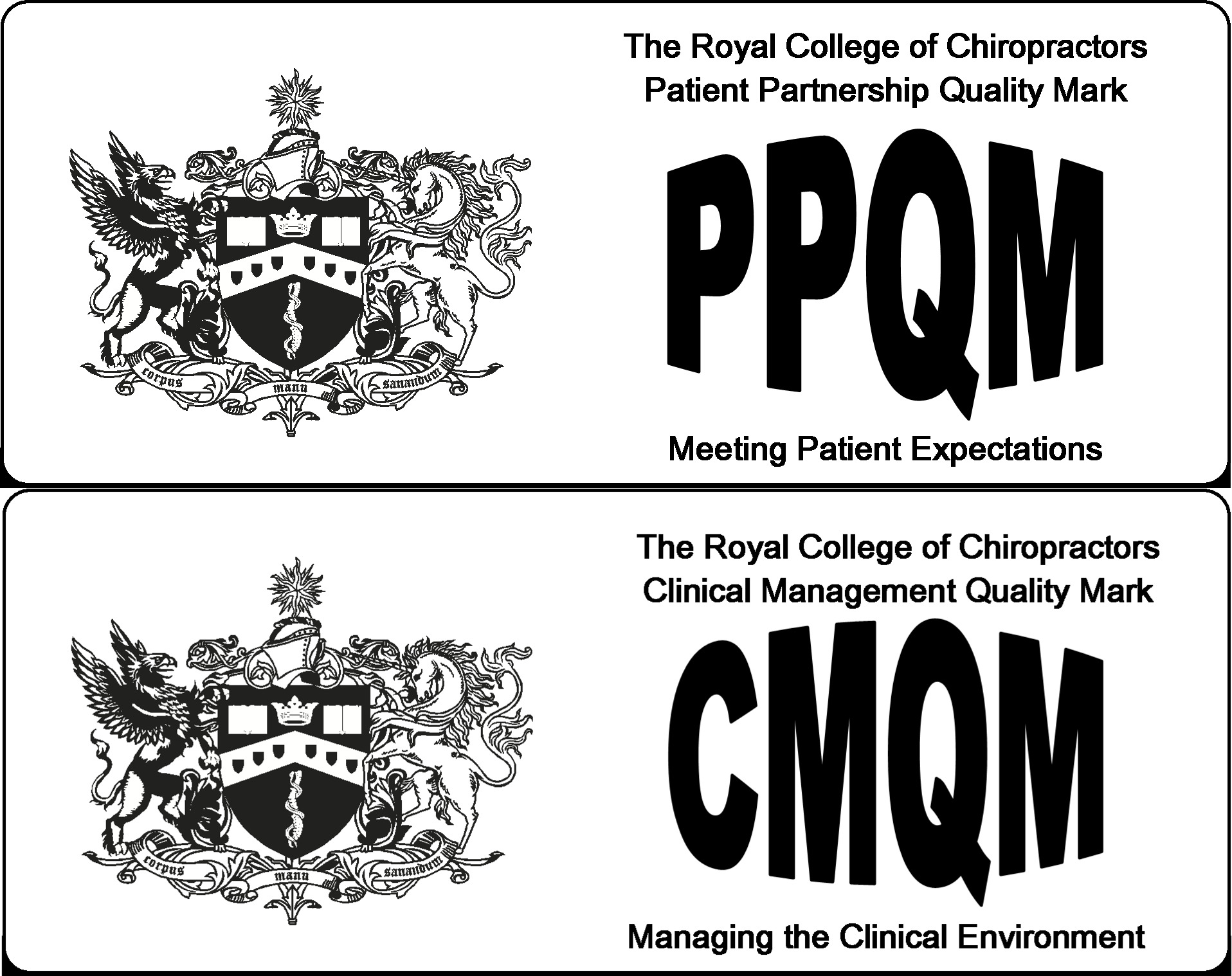Sports are a significant part of life for many residents in Amersham, UK, contributing to both physical health and community spirit. However, with the benefits of sports come the risks of injuries. Understanding primary sports injuries and their treatments is essential for athletes, coaches, and even parents of young sports enthusiasts. This article delves into common sports injuries and provides insights into effective treatments, helping the Amersham community stay safe and healthy while enjoying their favourite activities.
Common Primary Sports Injuries
- Sprains and Strains
Sprains: These injuries involve ligaments, the tough bands connecting bones in a joint. A common sprain occurs in the ankle when it twists awkwardly, stretching or tearing the ligaments.
Strains: Often referred to as pulled muscles, strains affect muscles or tendons. Hamstring and lower back strains are prevalent among athletes who engage in activities requiring sudden movements or heavy lifting.
- Fractures
Fractures, or broken bones, are serious injuries that can occur in any sport, from football to gymnastics. Stress fractures, small cracks in the bone, are common in runners and athletes involved in repetitive impact sports. - Dislocations
Dislocations happen when the ends of your bones are forced from their normal positions. This injury often affects shoulders, elbows, and fingers. Contact sports like rugby and basketball frequently see such injuries. - Tendonitis
Tendonitis is the inflammation of a tendon, often caused by repetitive motions and overuse. It’s common among tennis players (tennis elbow) and golfers (golfer’s elbow). - Concussions
Concussions are traumatic brain injuries caused by a blow to the head. They are prevalent in contact sports such as football, boxing, and rugby. Symptoms can include headaches, dizziness, and cognitive difficulties.
Treatment for Sports Injuries
Proper treatment for sports injuries is crucial to ensure a full recovery and prevent further complications. In Amersham, athletes have access to various healthcare facilities and professionals who can provide comprehensive care. Here’s a look at some common treatments:
- R.I.C.E Method
Rest: It’s essential to stop any activity that causes pain to prevent further injury.
Ice: Applying ice packs to the injured area helps reduce swelling and numb the pain.
Compression: Using an elastic bandage to compress the area can help minimize swelling.
Elevation: Keeping the injured area raised above the level of the heart also helps reduce swelling. - Physical Therapy
Physical therapy plays a critical role in the recovery process. Therapists design personalized rehabilitation programs that focus on restoring strength, flexibility, and functionality. In Amersham, several clinics offer specialized sports injury rehabilitation services. - Medication
Over-the-counter pain relievers such as ibuprofen and acetaminophen can help manage pain and inflammation. In more severe cases, doctors may prescribe stronger medications or corticosteroid injections. - Immobilization
For injuries like fractures or severe sprains, immobilization with a cast, brace, or splint is often necessary. This keeps the injured area stable, promoting proper healing. - Surgery
In cases where conservative treatments are ineffective, surgery may be required. Procedures can range from repairing torn ligaments to realigning fractured bones. The decision for surgery depends on the severity of the injury and the specific needs of the athlete. - Alternative Therapies
Some athletes find relief through alternative therapies such as acupuncture, chiropractic care, and massage therapy. These treatments can complement traditional methods and aid in overall recovery.
Prevention of Sports Injuries
While treatment is vital, prevention is equally important. Here are some tips to help athletes in Amersham avoid sports injuries:
- Proper Training and Conditioning
Engaging in proper training routines that include strength, flexibility, and endurance exercises can help prepare the body for the physical demands of sports. - Use Appropriate Gear
Wearing the right protective gear, such as helmets, pads, and supportive footwear, is crucial in preventing injuries. - Warm-Up and Cool Down
Always take time to warm up before and cool down after activities. Stretching and gentle exercises can help prevent muscle strains and ligament injuries. - Stay Hydrated
Proper hydration is essential for overall health and can help prevent cramps and heat-related illnesses. - Listen to Your Body
Athletes should pay attention to their bodies and avoid pushing through pain. Early signs of discomfort should not be ignored, as they can lead to more serious injuries.
Local Resources in Amersham
Amersham offers several resources for athletes seeking treatment and prevention advice for sports injuries. Local clinics, such as the Amersham Chiropractic Clinic, provide expert care tailored to the needs of athletes. Additionally, community sports clubs often collaborate with healthcare professionals to offer workshops and training sessions focused on injury prevention.
Conclusion
In conclusion, understanding primary sports injuries and their treatments is essential for maintaining an active and healthy lifestyle. By utilizing the resources available in Amersham and following best practices for injury prevention, athletes can enjoy their sports activities while minimizing the risk of injury. Whether you’re a professional athlete or a weekend warrior, taking proactive steps towards injury management will ensure you stay in the game for the long haul.
FAQs
What are the most common sports injuries?
The most common sports injuries include sprains, strains, fractures, dislocations, tendonitis, and concussions. These injuries can occur in various sports activities due to overuse, sudden movements, or impact.
How can I prevent sports injuries?
To prevent sports injuries, engage in proper training and conditioning, use appropriate protective gear, warm up and cool down before and after activities, stay hydrated, and listen to your body to avoid overexertion.
What should I do immediately after a sports injury?
Immediately after a sports injury, follow the R.I.C.E. method: Rest, Ice, Compression, and Elevation. This helps reduce swelling and pain while preventing further injury.
When should I see a doctor for a sports injury?
You should see a doctor if you experience severe pain, swelling, or inability to move the injured area. Additionally, if the injury does not improve with initial home treatment, seeking professional medical advice is essential.
What treatments are available for sports injuries in Amersham?
In Amersham, athletes can access various treatments, including physical therapy, medication, immobilization, and in some cases, surgery. Local clinics such as the Amersham Physiotherapy Clinic and Chiltern Sports Clinic offer specialized care.
What treatments are available for sports injuries in Amersham?
In Amersham, athletes can access various treatments, including physical therapy, medication, immobilization, and in some cases, surgery. Local clinics such as the Amersham Physiotherapy Clinic and Chiltern Sports Clinic offer specialized care.






